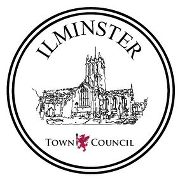- A neighbourhood plan is a framework developed by the community for guiding the future development and growth of an area.
- Intended to give communities more of a say in the development of their local area
- A Neighbourhood Plan is about
- use of land
- where new homes, shops, offices etc may be built
- what new buildings should look like and the quality standards
- protecting existing green spaces
- being realistic
- guiding and shaping development
- It must be positive and constructive – it is about what can be done
- A Neighbourhood Plan must
- Be appropriate having regard to national policy
- Contribute to the achievement of sustainable development
- Be in general conformity with the strategic policies in the development plan for the local area
- Compatible with human rights requirements
- Compatible with EU requirements
- A Neighbourhood Plan may
- Provide more detail on something contained in the Local Plan
- Have new ideas and suggestions (provided that they complement the Local Plan)
- A duplicate of the Local Plan
- A history book
- A guide to the local area
- A reference source about the area
- About undermining the delivery of development

